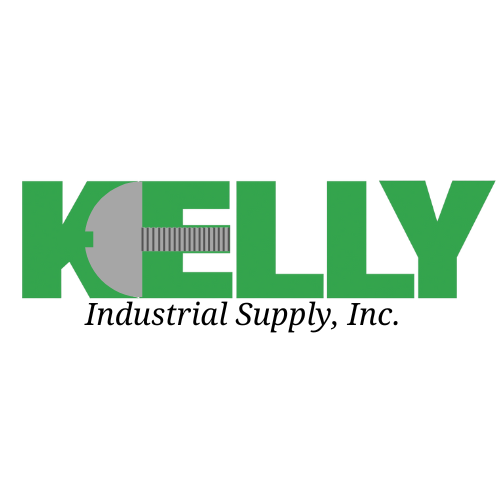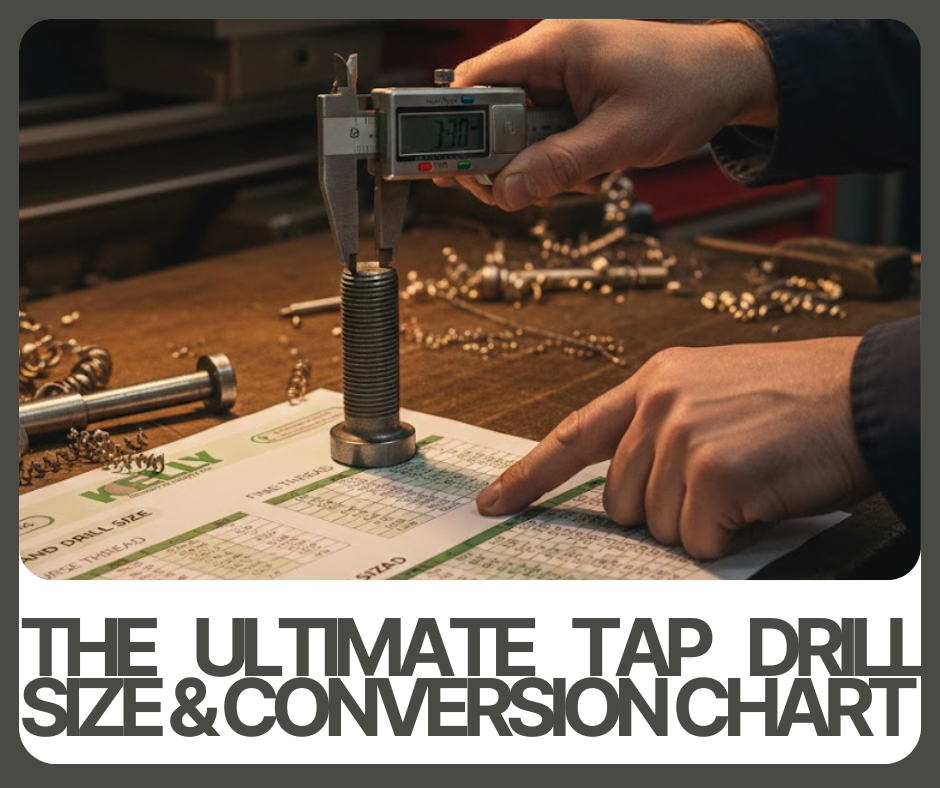Hydraulic Hose Assembly Specifications: A Buyer's Checklist
- Kelly Industrial
- Aug 23
- 5 min read

Imagine setting up a hydraulic system on a busy construction site where excavators are expected to run all day without interruption. Just one mismatched hose can cause a disaster, costing valuable time and money. In fact, equipment downtime caused by faulty hydraulic hoses costs industries thousands each year in lost productivity—yet many of these failures can be avoided by following
the right specifications checklist. It is the buyer’s responsibility to pay close attention to every detail and ensure the right product is brought into the company. To make this process easier, we’ve prepared a practical buyer’s checklist that highlights the key points to consider when selecting the right hydraulic hose for your project.
Part 1: Technical Specifications
Once you’ve identified the specific job application requiring hydraulic hoses, the next step is to evaluate the technical specifications. Choosing the right specifications ensures not only performance but also safety and service life.
1. Materials
A hydraulic hose consists of three main layers: the inner tube, the reinforcement layer, and the outer cover. Each plays a unique role, and overlooking any of them can lead to costly mistakes or failure.
Inner Tube – This layer carries the hydraulic fluid, so chemical and temperature compatibility are crucial. Inner tubes may be made of synthetic rubber, Teflon (PTFE), or thermoplastics. To determine the right material, check the fluid manufacturer’s compatibility charts, compare the hose’s temperature ratings with your system requirements, and confirm certifications or markings on the hose.
Reinforcement Layer – The reinforcement layer provides the hose’s strength, allowing it to operate under high internal pressures. It is commonly constructed from braided or spiral-wound wire, or from strong textile fibers. Buyers can identify reinforcement type and material by reviewing the hose’s technical datasheet, which specifies the construction and corresponding pressure rating. Always match reinforcement type to the system’s maximum operating pressure and safety factors!
Outer Cover – The final layer protects the hose from external hazards such as abrasion, weathering, oil, chemicals and so on. Outer covers are usually made of synthetic rubber or specialized polymers. To select the right material, consider the working environment: Is the hose exposed to sunlight? Will it be dragged over rough surfaces? Manufacturer datasheets and hose labeling usually specify the cover’s resistance properties.
2. Pressure Ratings
When selecting a hydraulic hose, it’s essential to understand the pressure ratings, as they directly affect safety and performance. There are two main ratings to consider:
Working Pressure (PSI) – This is the maximum continuous pressure that the hose is designed to handle safely during operation. You’ll find this value on the manufacturer’s datasheet. Always match the hose’s working pressure to the demands of your application, ensuring it meets or exceeds the system’s requirements.
Burst Pressure – This is the pressure level at which the hose will collapse. It acts as a safety margin above the working pressure, typically rated at four times the working pressure. While burst pressure is important, hoses should never be operated anywhere near this limit. Instead, use it as a reference to understand the hose’s overall strength and safety buffer.
Tip: Always select hoses based on working pressure, not burst pressure. Relying solely on burst ratings can lead to failures and unsafe operating conditions.
3. Temperature
Temperature is one of the most overlooked yet crucial specifications in hydraulic hose selection. Both the fluid temperature inside the hose and the ambient temperature around it can impact performance and lifespan.
Fluid Temperature – The inner tube material must be compatible with the temperature of the hydraulic fluid being carried. If the temperature exceeds the hose’s rating, the inner tube may harden, crack, or even allow fluid leakage. Always compare the system’s operating temperature range with the hose’s datasheet.
Ambient Temperature – External heat or cold can also affect the hose. High external temperatures may accelerate cover degradation, while extreme cold can make hoses prone to cracking. In environments with fluctuating or harsh temperatures, selecting hoses with protective outer covers or heat-resistant materials is essential.
Tip: Always select a hose rated for both the maximum fluid temperature and the expected ambient conditions. If your application involves hot oil, proximity to engines, or outdoor use in cold climates, be sure the hose material and cover are designed to handle those extremes.
4. Size
Size is a critical specification that directly affects both performance and safety. The main dimensions to consider are length, inside diameter (ID), and outside diameter (OD).
Inside Diameter (ID) – Determines the flow capacity of the hose. A hose that is too small creates excessive pressure drop and heat, while an oversized hose can reduce system efficiency.
Outside Diameter (OD) – Important for selecting the right fittings, clamps, or routing through tight spaces.
Length – Must be chosen carefully to allow flexibility without creating excess slack or unnecessary tension, both of which can shorten the hose’s service life.
5. Fluid Compatibility
Fluid compatibility is a critical factor in hose selection. Even if a hose meets all other specifications—such as pressure, temperature, and size—it will fail if the materials are not compatible with the fluid being conveyed. The inner tube must be resistant to chemical breakdown, swelling, or hardening caused by the fluid. If the datasheet does not list your application’s fluid as suitable, it is best to choose a different hose designed specifically for that fluid type.
Tip: Always consult the manufacturer’s chemical compatibility charts to ensure the hose material is safe for your hydraulic fluid.
Part 2: Physical Connection Requirements
End Fittings
End fittings are just as important as the hose itself. They must be compatible with both the hose construction and the hydraulic system in which the hose will operate. Incorrect fittings can lead to leaks, pressure loss, or even dangerous failures. Always check the next specifications:
thread type
size
sealing method
Ensure fittings are installed according to manufacturer guidelines.
Bend Radius
The bend radius refers to the minimum curve the hose can safely handle without restricting flow. Exceeding this limit can weaken the reinforcement layer, reduce service life, and cause early failure. To avoid issues, route hoses so that bends are equal to or greater than the specified minimum bend radius listed in the datasheet.
Part 3: Other Considerations
Industry Standards
In addition to technical specifications, hoses and fittings should comply with recognized industry standards such as SAE, ISO, or DIN. Compliance ensures that the products meet strict safety, quality, and performance requirements. Buyers should confirm that hoses are properly labeled with standard markings and that documentation or certifications are available if needed for regulatory or safety audits.
Conclusion
Choosing hydraulic hoses is a complex and important process that requires careful attention to specifications. At Kelly Industrial Supply, we can help you find the right hose for your application—and as a bonus, we provide fast hose assembly services while you wait!




Comments